A few days ago, a double rainbow popped up outside my window after some brief rain showers. At the moment I have a pretty good view of the sky from my house on the second floor, and I oftentimes have my camera handy in case there is a gorgeous sunrise over the mountain. So I grabbed the setup I had (my Fujifilm X-T3 with 100–400mm lens) and got a few photos. However, the zoom level was a bit too much, so I quickly switched to my 50–140mm to see if I could get more in the frame.
One thing I have attached to many of my lenses is a circular polarizer. And I just happened to have it on my 50–140mm lens at the time. So, out of curiosity, I rotated the filter to see what the results would be, and as I did so I saw the rainbow almost completely disappear! Turning it again revealed the rainbow, and makes it a little more pronounced than the photo without use of a filter. The second image below also shows what the rainbow looks like with the 100–400mm lens, without a circular polarizer attached.
- This image shows a rainbow photographed with a circular polarizer, both with the filter turned differently to either hide (LEFT) or intensify (RIGHT) the rainbow.
- Rainbow, photographed with a Fujinon 100–400mm lens and NO circular polarizer filter. The rainbow is less pronounced and the sky is lighter than the image with photographed a filter.
Circular polarizers are extremely useful and I recommend that all photographers have at least one in their possession. In fact, Amazon has some of the “Amazon Basics” brand that I use regularly and they are very affordable. Plus, they make a huge impact on your photos, especially when working with wet surfaces, glare, and reflections.
A few days ago, a double rainbow popped up outside my window after some brief rain showers. At the moment I have a pretty good view of the sky from my house on the second floor, and I oftentimes have my camera handy in case there is a gorgeous sunrise over the mountain. So I grabbed the setup I had (my Fujifilm X-T3 with 100–400mm lens) and got a few photos. However, the zoom level was a bit too much, so I quickly switched to my 50–140mm to see if I could get more in the frame.
One thing I have attached to many of my lenses is a circular polarizer. And I just happened to have it on my 50–140mm lens at the time. So, out of curiosity, I rotated the filter to see what the results would be, and as I did so I saw the rainbow almost completely disappear! Turning it again revealed the rainbow, and makes it a little more pronounced than the photo without use of a filter. The second image below also shows what the rainbow looks like with the 100–400mm lens, without a circular polarizer attached.
- This image shows a rainbow photographed with a circular polarizer, both with the filter turned differently to either hide (LEFT) or intensify (RIGHT) the rainbow.
- Rainbow, photographed with a Fujinon 100–400mm lens and NO circular polarizer filter. The rainbow is less pronounced and the sky is lighter than the image with photographed a filter.
Circular polarizers are extremely useful and I recommend that all photographers have at least one in their possession. In fact, Amazon has some of the “Amazon Basics” brand that I use regularly and they are very affordable. Plus, they make a huge impact on your photos, especially when working with wet surfaces, glare, and reflections.

Nicole is a photographer, published author, and educator specializing in Lightroom, Photoshop, and photography. She is best known for her books on food photography but is widely versed in various photographic genres, including landscape, nature, stock, travel, and experimental imagery.

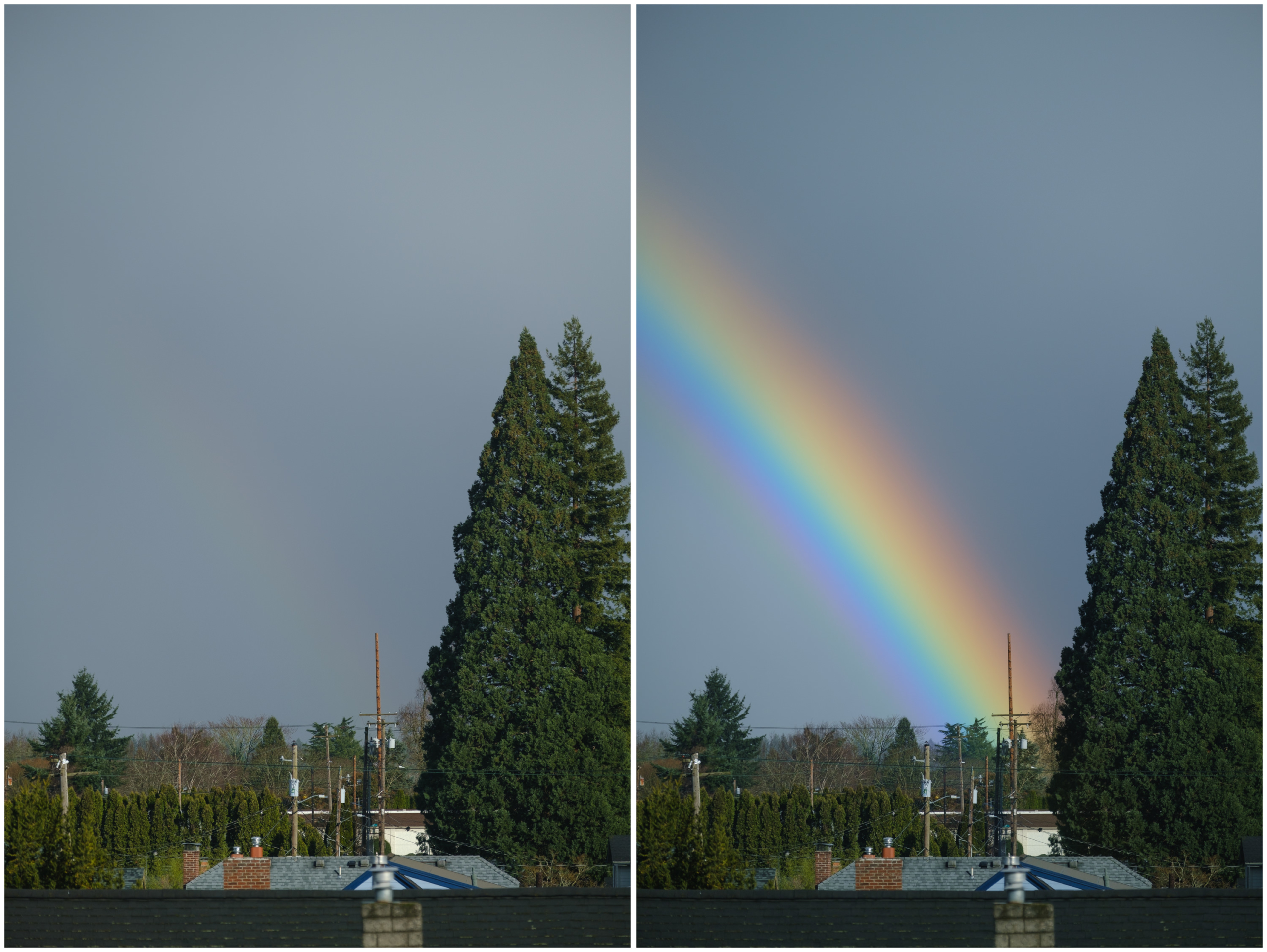
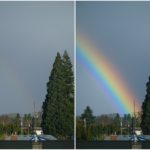
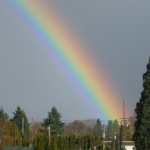
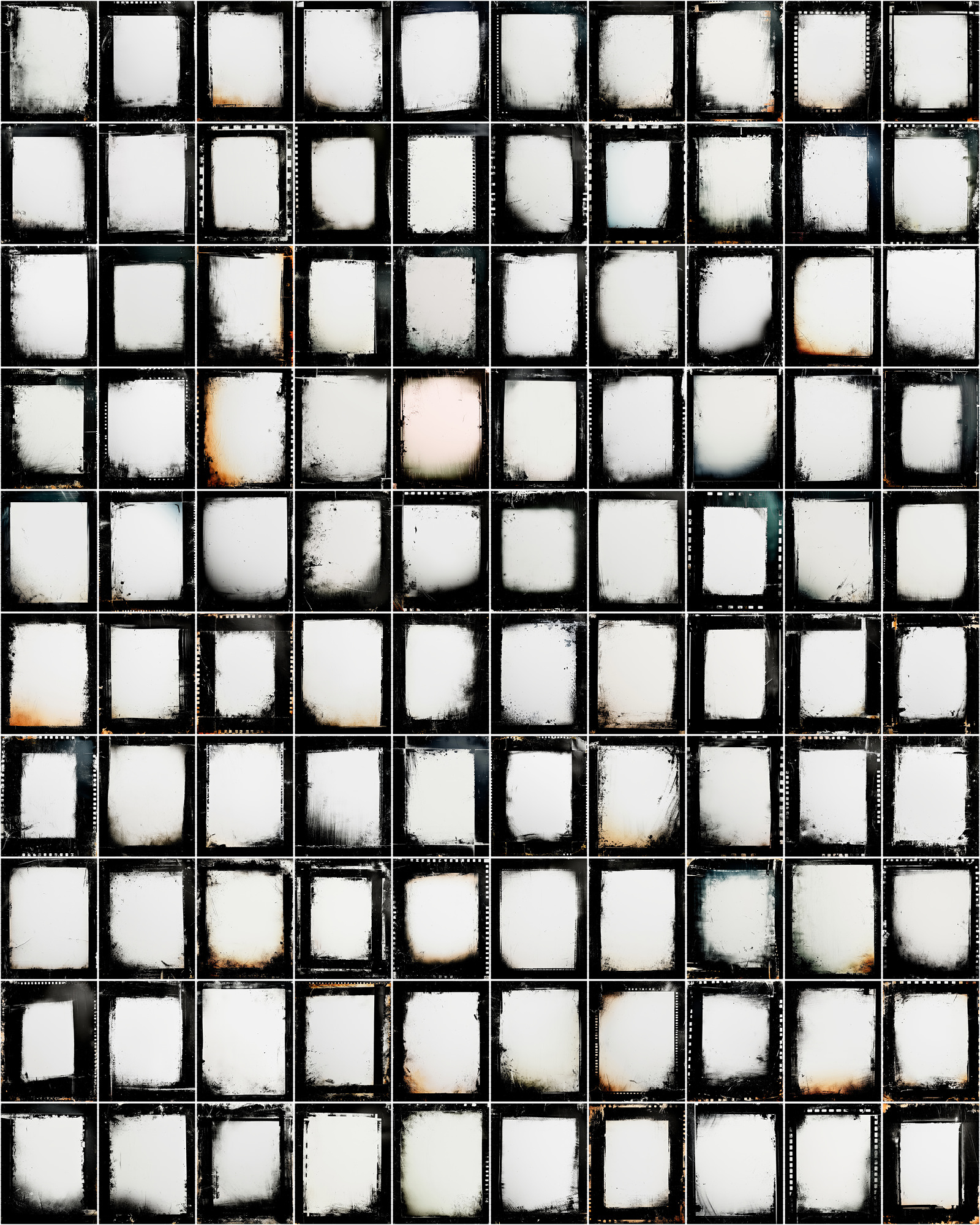
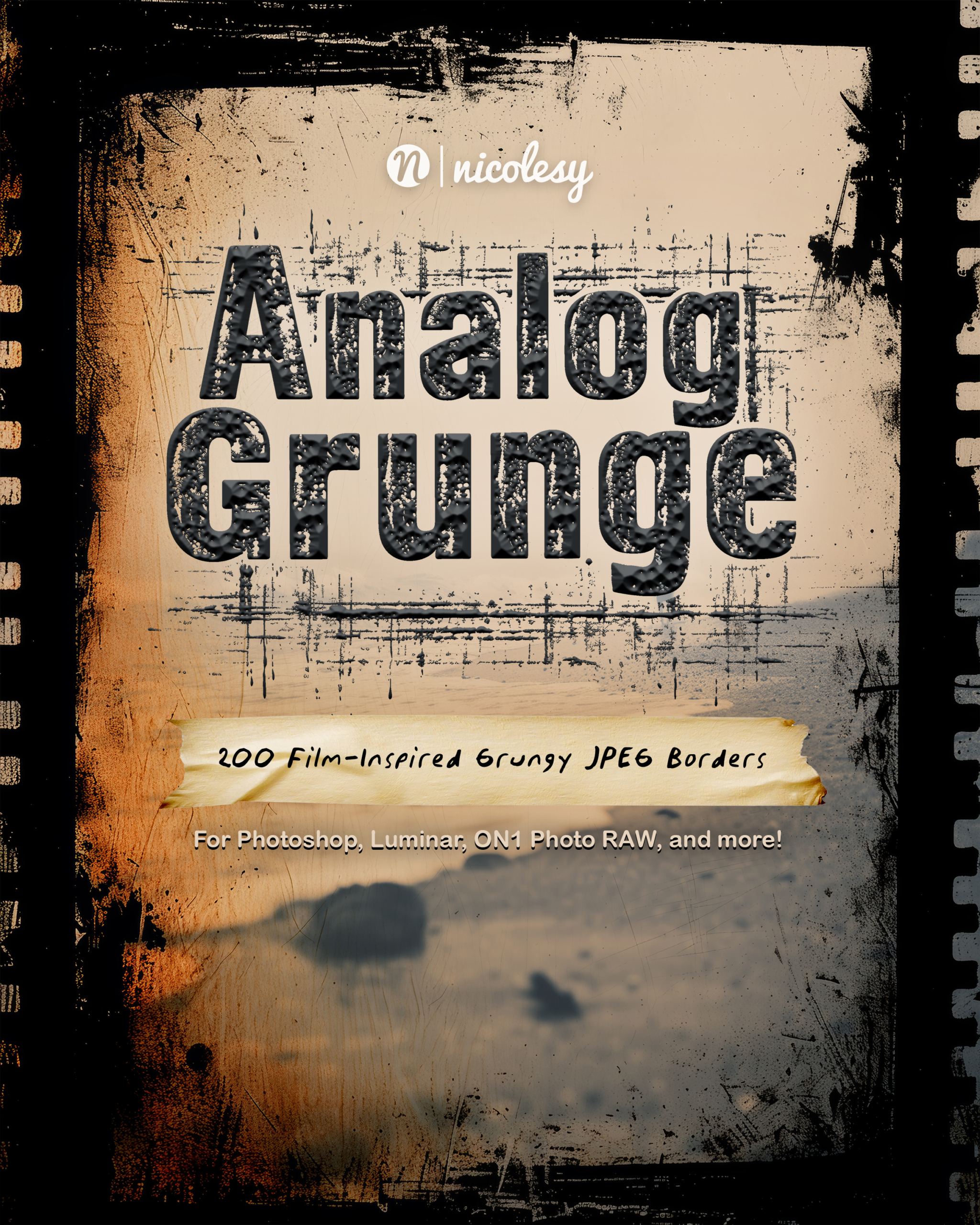



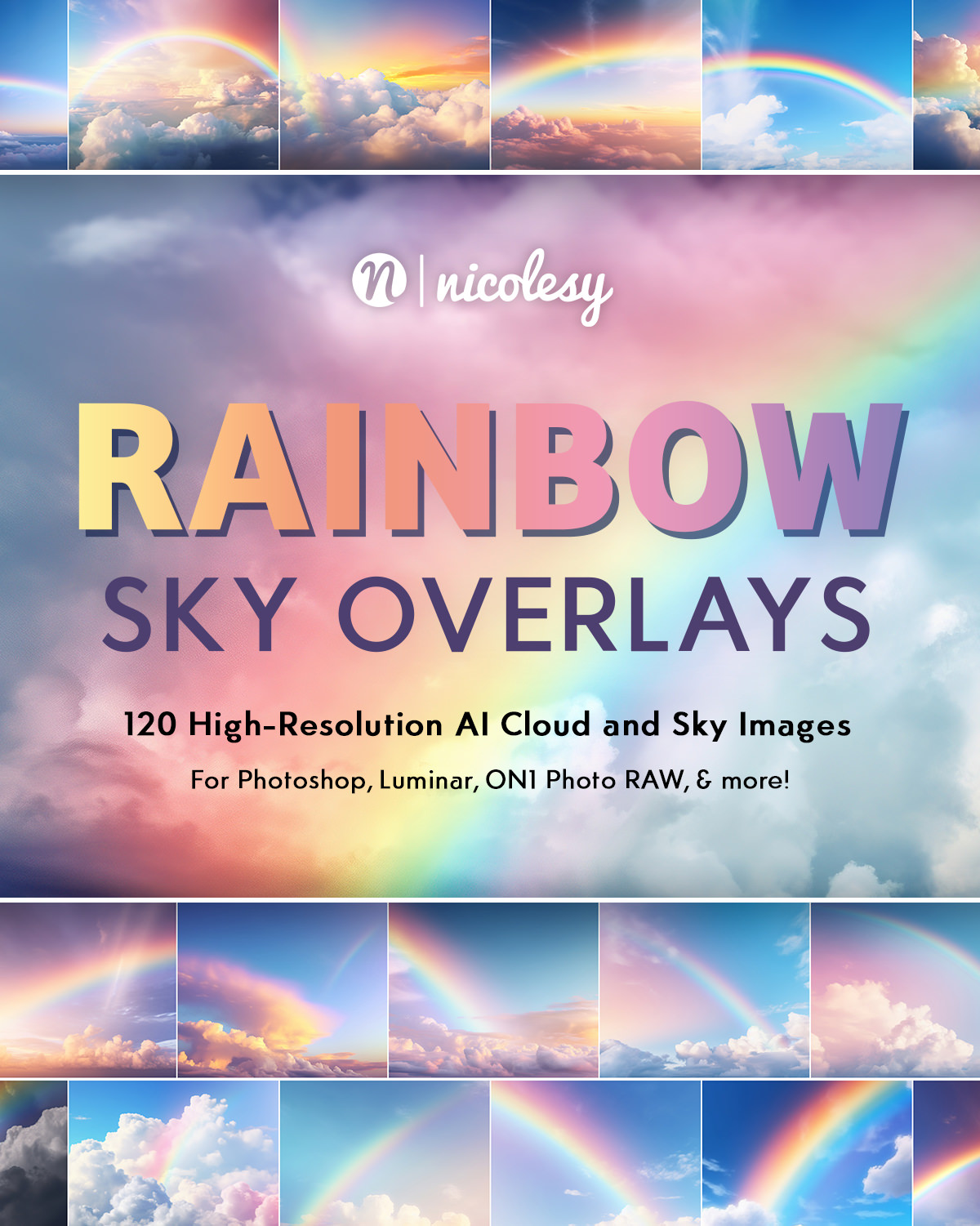
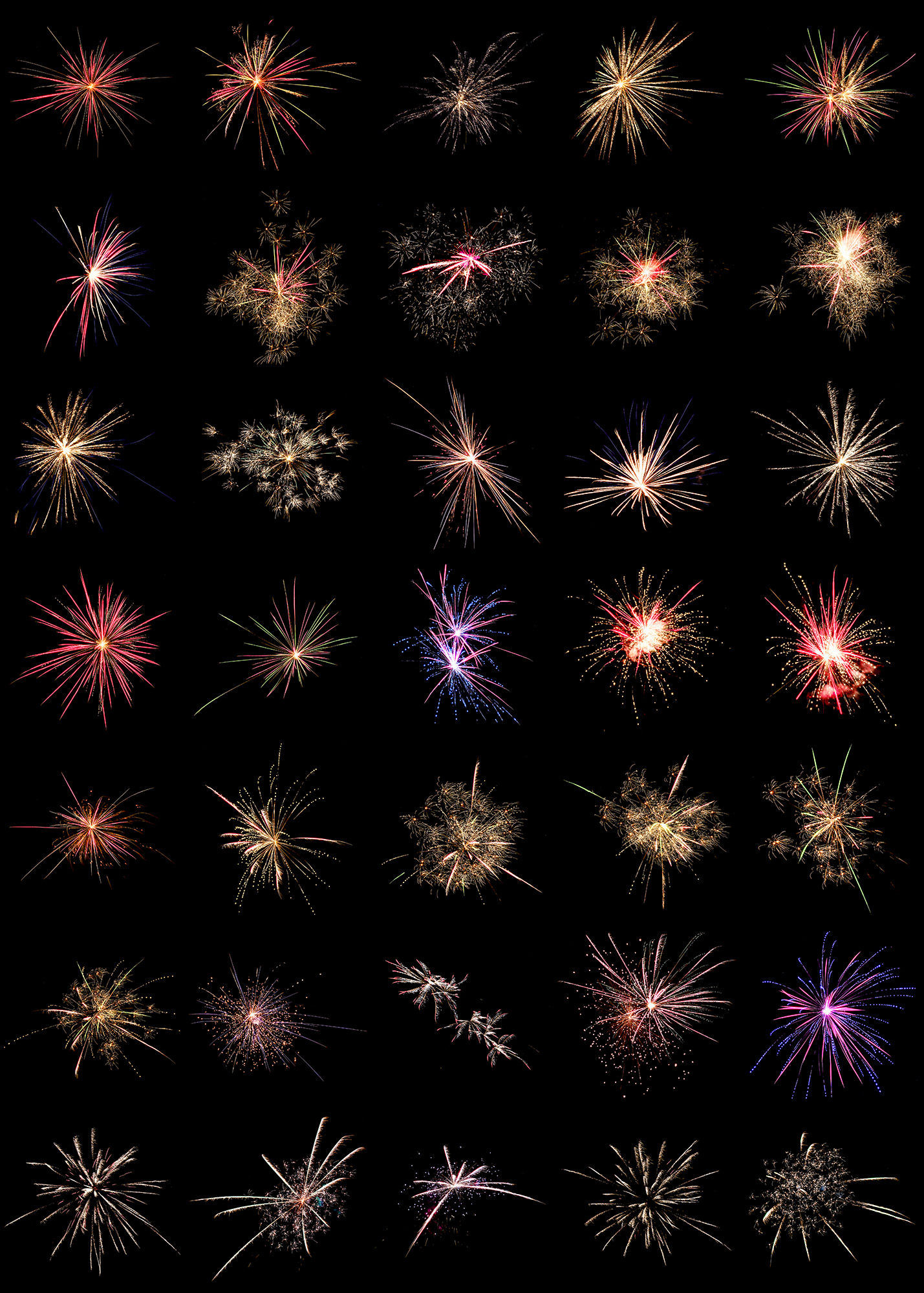
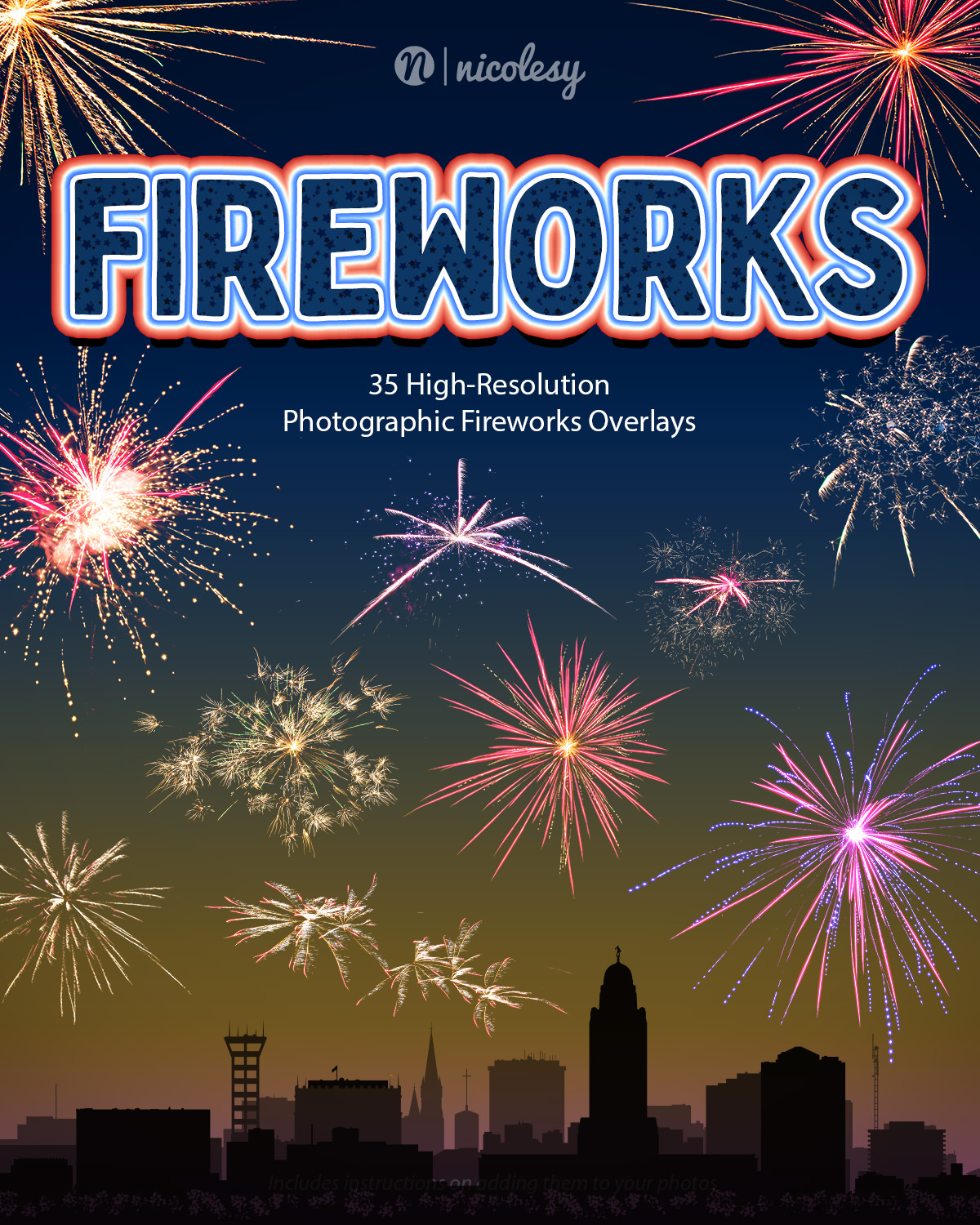
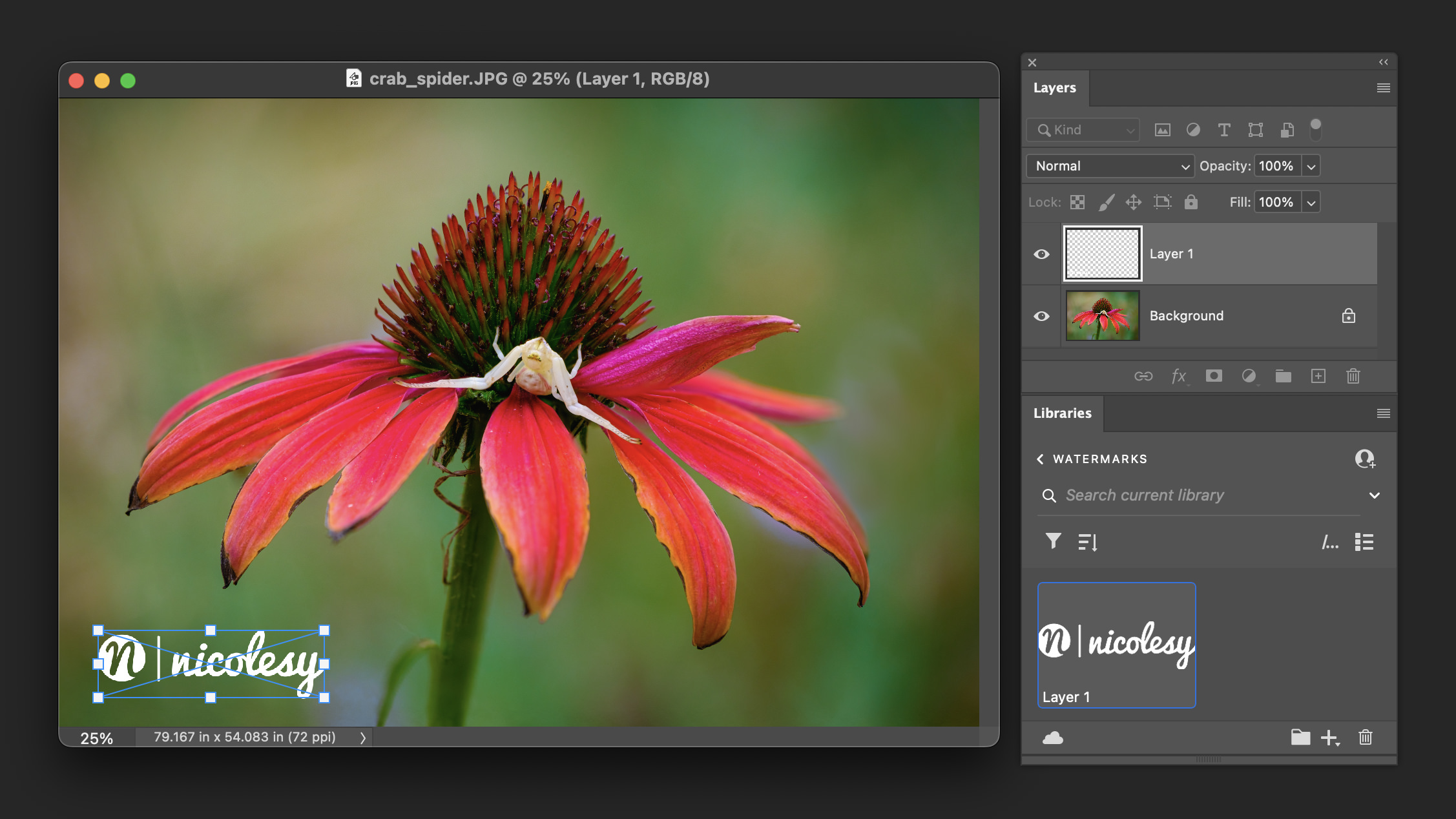
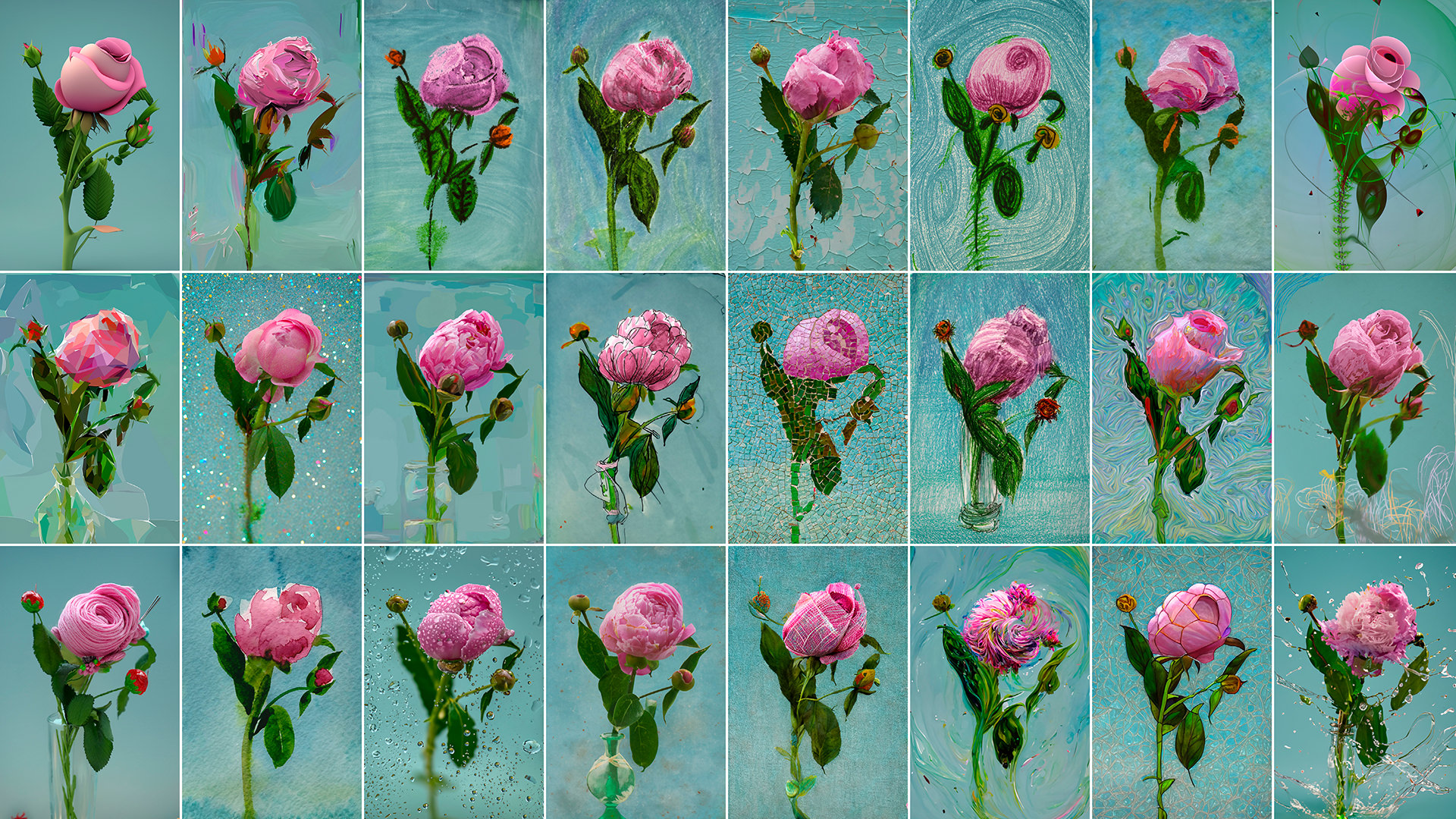
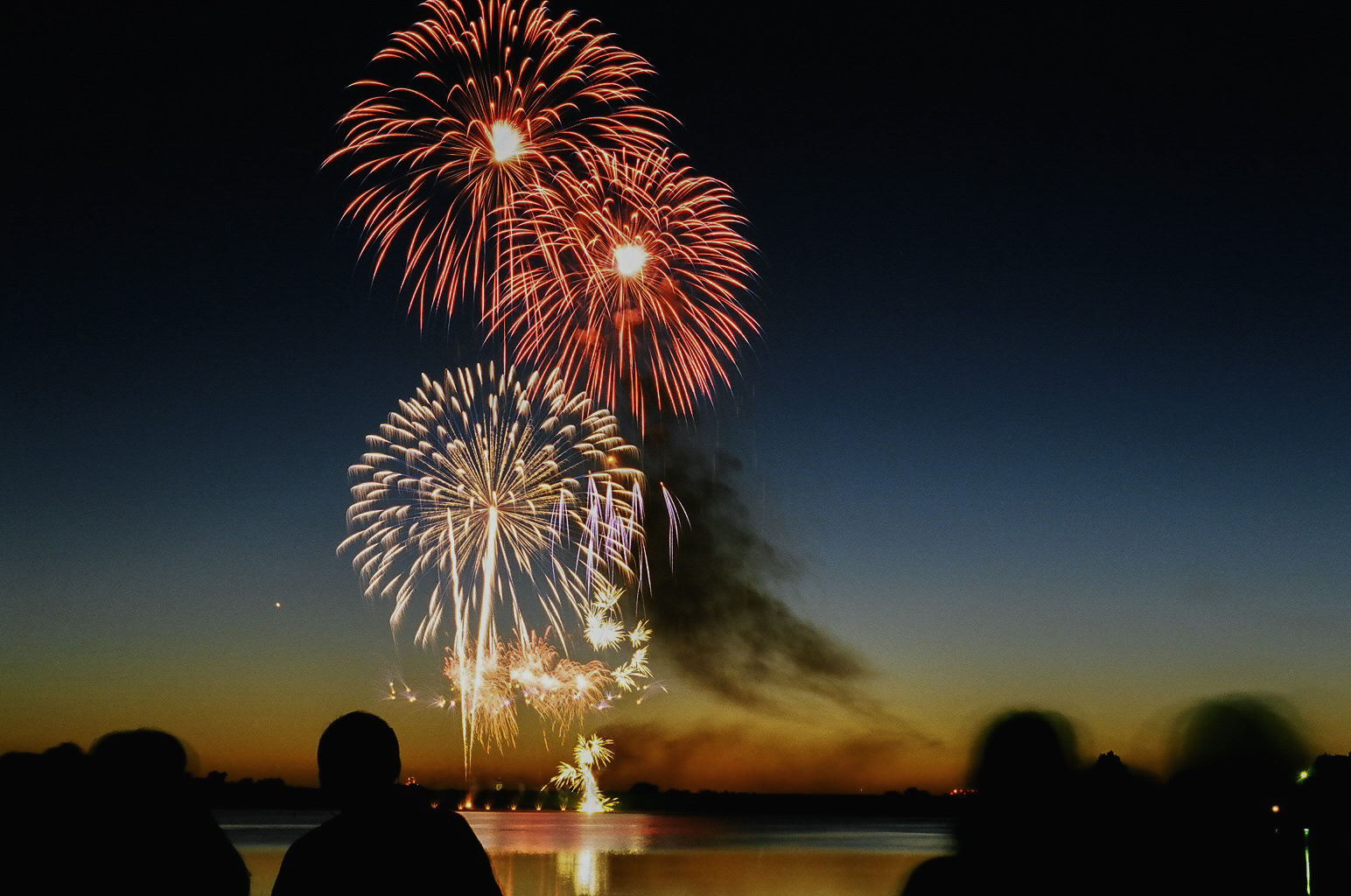
A year ago I bought the Nikon Z6 but did not get the kit lens with it. (big mistake). Finally got a refurbished lens but have not purchased a CP. Tried shooting a rainbow without one and got nothing. Never realized that the CP on my other lenses were the reason I was able to capture rainbows. This is a great reminder and now that I have nothing better to do than shop (LOL) I will pick up a new CP. Thanks Nicole!